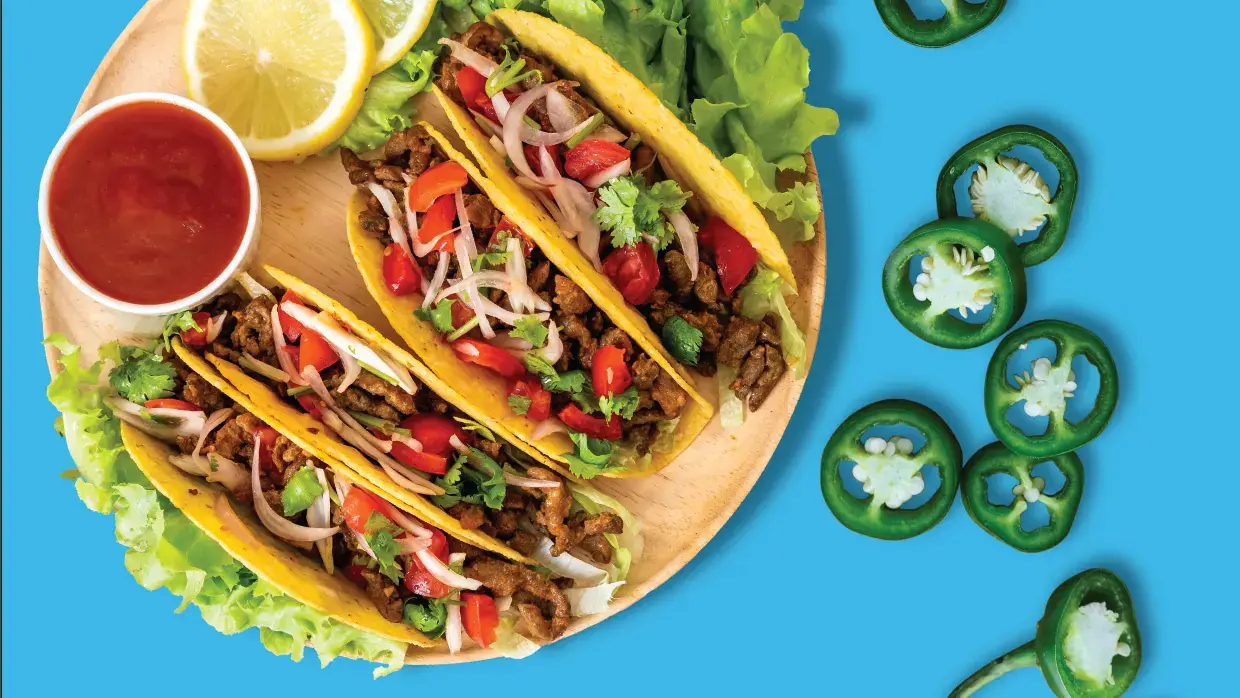Heartburn, bloating, and a burning sensation in the chest are classic symptoms of acid reflux. Many people find that choosing the right meals makes a big difference. Knowing the foods to avoid with acid reflux helps you reduce irritation, improve digestion, and prevent nighttime discomfort. While medications offer short-term relief, adjusting your diet creates long-lasting comfort. Understanding how certain foods trigger symptoms allows you to enjoy meals without constant worry or pain after eating.

Understanding Acid Reflux
Acid reflux happens when stomach acid flows back into the esophagus, causing irritation. The lower esophageal sphincter, a valve that should close after meals, sometimes weakens and allows acid to move upward. Symptoms include heartburn, sour taste, bloating, and even chest discomfort. The condition becomes worse after heavy meals, lying down too soon, or eating specific trigger foods. By learning which ingredients cause irritation, you can make choices that protect the stomach lining. Small daily adjustments help create long-term comfort and reduce dependence on medication.
Common Trigger Foods
Several items are well known to worsen reflux. The main foods to avoid with acid reflux include:
- Spicy meals such as chili and hot sauces
- Citrus fruits like oranges, lemons, and grapefruits
- Tomatoes and tomato-based sauces
- Chocolate and caffeinated drinks
- Fried and greasy foods
- Carbonated beverages
These foods either increase acid production or relax the valve that keeps acid in the stomach. Avoiding them reduces irritation and burning. Keeping a food diary helps you track which items trigger your own symptoms, since triggers vary from person to person.

Fatty and Fried Foods
Greasy meals such as burgers, pizza, and fried snacks stay longer in the stomach and slow down digestion. The longer food remains in the stomach, the greater the chance of acid moving upward. High-fat meals also relax the esophageal valve, making reflux more likely. Switching to lighter cooking methods such as steaming, grilling, or baking reduces discomfort. Eating smaller portions of lean meats, vegetables, and whole grains gives your body energy without overwhelming your stomach with heavy fats.
Caffeine, Chocolate, and Alcohol
Caffeine, chocolate, and alcohol are enjoyable but harsh on the digestive system. Coffee and tea stimulate acid production, while chocolate contains both caffeine and theobromine, which relax the stomach valve. Alcohol irritates the lining of the esophagus and increases acid secretion. Together, these drinks and treats make reflux worse, especially when consumed late in the evening. Reducing intake or replacing them with soothing alternatives like herbal teas helps prevent irritation while still giving you comforting beverage choices.
Acidic Fruits and Vegetables
Although fruits and vegetables are essential for health, some are strong acid reflux triggers. Citrus fruits, pineapples, and tomatoes are highly acidic and often worsen heartburn. Even healthy tomato sauces, soups, or salsa can cause irritation. Instead, choose alkaline-rich fruits like bananas, melons, and pears, which are gentler on the stomach. Vegetables such as broccoli, zucchini, and leafy greens provide nutrients without increasing acidity. Making these swaps ensures you still receive vitamins and minerals while avoiding unnecessary digestive discomfort.

Lifestyle and Eating Habits
Food choices matter, but habits also play a big role in controlling reflux. Eating large meals, lying down after eating, or eating late at night increases symptoms. Instead, eat smaller meals more often, chew slowly, and stay upright for at least two hours after eating. Avoid tight clothing that adds pressure on the stomach. Combine these habits with avoiding common triggers, and you create a powerful approach to reduce heartburn naturally. Lifestyle choices often make the difference between occasional irritation and daily comfort.
